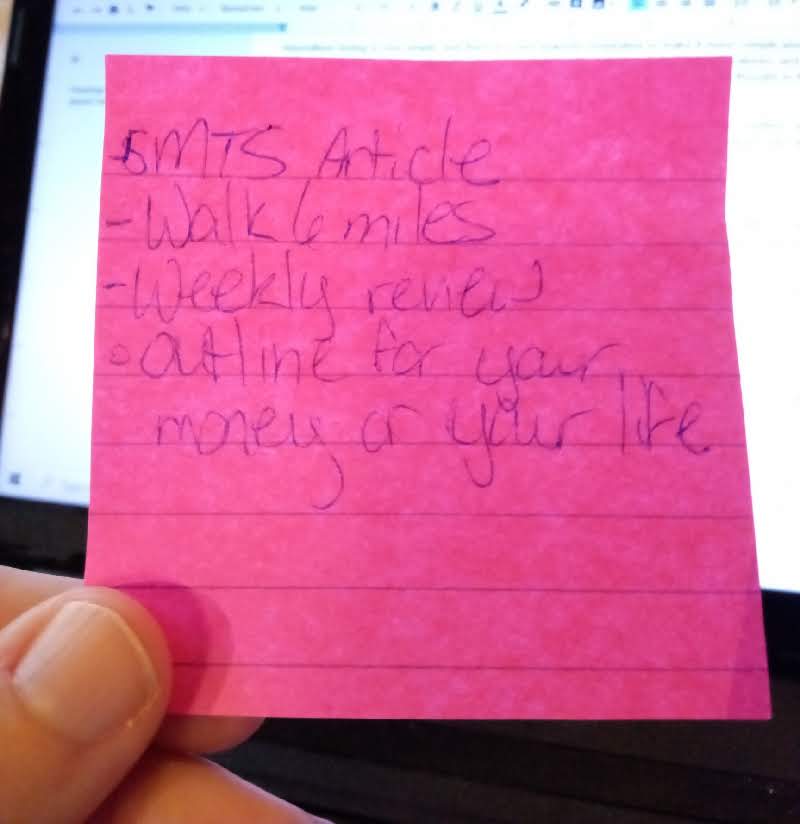Intermittent fasting is simple, and because of that, there is a powerful temptation to make it more complicated. I was guilty of this in the beginning. I thought I needed to do intermittent fasting, but also count calories and “balance my macros” and cycle my carbs (which I never really understood) and lift heavy weights and do HIIT and…
After struggling with intermittent fasting for a year, I finally simplified it for myself. No more counting calories, no more trying to limit certain types of foods, and no more complicated workout schemes. Instead, here was my plan:
- Walk 6 miles every day (14,000 steps on my Fitbit)
- Practice intermittent fasting 6 days a week (16:8 or longer)
- Fasting window rule: coffee with half and half three times daily if I want it
- Eating window rule: eat whatever I want, to satiation
- Cheat day on Sunday (no fasting window, eat whatever foods I want to satiation)
As it turns out, the complexity I had introduced that first year was the problem. Previous to simplifying, I could never say with certainty that I was sticking to my plan. What was my plan really? If I did a 16:8 but had cake and lots of carbs, did that count? Were the workouts I was doing hard enough? I took the day off yesterday, but shouldn’t I get a day off sometimes? All of these questions kept my plan hazy and complicated, and it led to a whole lot of inconsistency. And inconsistency with a plan leads to inconsistency with results, which leads to frustration and quitting.
Once I simplified my plan, I had a checklist with two items that I looked at every day.
- Did I stick to my plan yesterday?
- Get my steps in
Fasting is difficult to put on a to-do list. It’s not something you can do, then check off. It’s something you don’t do and then can only check off in hindsight. My agreement with myself was that every day I would look back to the day before to see if I had stuck with my plan. This was beneficial for two reasons. First, it held me accountable all day long, and into the night when snacking would have otherwise been a temptation (I’ve been good all day!). Two, it brought to my attention if I was consistently answering “no” to the first question. Inconsistency is insidious.
A written step goal is something I could check off once done, and I love being able to check things off a list. This gave me a daily sense of accomplishment and gave me the motivation to complete other tasks during the day. As time went on, I tried many different systems, some complex, some rather simple, and simplicity has always won out. Nowadays, I use post-its for my daily to-dos. Here is mine for today:

Boring right? Low tech paper and pen. But it works for me. There’s something about having the constraint of a post-it that keeps me honest with myself about how much time I have in my day to accomplish what I’m setting out to do. I’ve used many different digital to-do list apps, but inevitably I add more and more tasks until it’s overwhelming. And then I fail to accomplish anything. Physically writing down what I am committing to doing with pen and paper makes me take it seriously. I remind myself that after these tasks are finished, I can always make out another post-it with more to-dos if I so desire.
If you’re trying to lose weight with intermittent fasting, it’s useful to ask yourself if you can say with certainty each day if you’re following your plan with a simple yes or no. If you find yourself answering the question by starting your sentence with “I think” or “well, it seems like,” try simplifying things for yourself. It needs to be a straight-up yes or no. You might feel a little afraid to be specific because it forces you to commit. It’s easier to remain vague, but that slows your progress. Do the hard thing and commit to a simple plan of your choosing, and then stick to it, day in and day out. That’s what worked for me.
